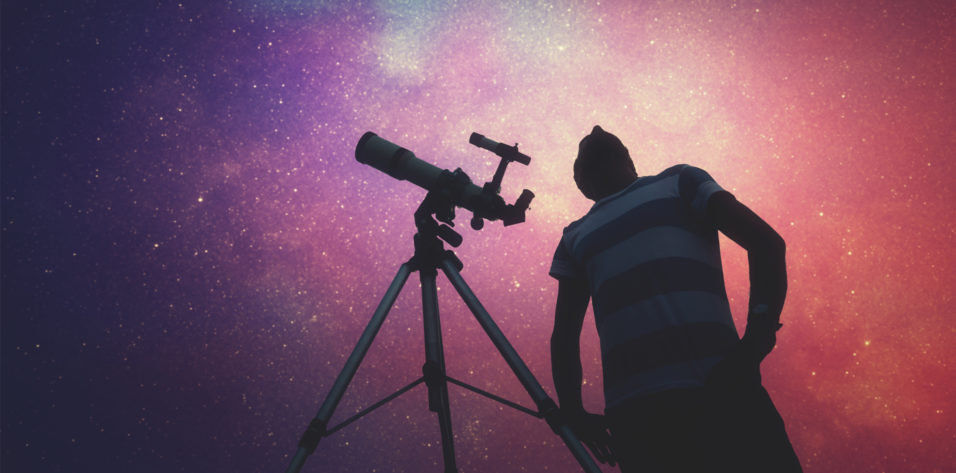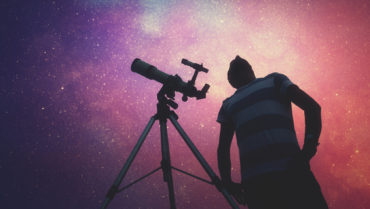The precision and reproducibility provided by modern femtosecond laser cataract surgery bring new levels of automation and sophistication to cataract extraction. Surgeons who utilize this technology are well aware of the benefits it offers patients, but others might overlook its value. This article uncovers some of the advantages I’ve found with laser cataract surgery and addresses some of the common criticisms surrounding this technology.
TWO-SURGEON ‘SHOOTER’ SYSTEM
Many surgeons growl about laser cataract surgery taking too much time. A simple solution to this is to employ a two-surgeon approach. Our busy ASC has achieved remarkable efficiency by employing a second surgeon to perform the laser portion of the surgery. In a separate femto suite outside the OR, our “shooter” performs the femto step of the procedure for all of my monofocal and toric IOL patients. A nurse then moves the patients to the OR, where they are prepped for surgery.
This setup allows me to bounce quickly from OR1 to OR2, focusing on the manual steps of the procedure, without having to perform the laser portion. The 60% of my patients who choose laser cataract surgery have already undergone capsulorhexis creation, lens segmentation, lens fragmentation, and astigmatism correction by the time I see them. This system has enabled me to add an additional two cases per hour. For my own comfort and so that I can keep my skills sharp, I still perform the laser portion for patients receiving advanced presbyopia-correcting IOLs.
Video. Dr. Bill Williamson describes his role and responsibilities as the femtosecond laser shooter at Williamson Eye Center.
Uncle Bill. In my practice, our shooter is a senior ophthalmologist who retired from surgery after 40 years. He also happens to be my uncle, William “Bill” Williamson, MD (Video). Although Uncle Bill had previously left the OR, he was still serving our patients in the clinic as a medical ophthalmologist. Now, because our ASC is attached to our practice, he is able to easily fit the short femtosecond laser procedures into his morning without disrupting his clinical workflow. Having access to this state-of-the-art technology (in our case, the Catalys [Johnson & Johnson Vision]) and being able to comfortably perform the steps despite being 70 years young has invigorated my uncle as a physician and surgeon.
If you’re thinking, “Where can I find my Uncle Bill?” young surgeons just starting in practice are excellent candidates for this task. They often want to gain greater experience with femtosecond laser technology and do not yet have a full clinical or surgical schedule. Medical ophthalmologists who don’t regularly perform surgery can also be trained to be a shooter on this platform as well.
STRESS REDUCTION
One of the greatest benefits of laser cataract surgery is that it makes my surgical days more fun and less stressful. Sure, I am very confident in my manual phaco skills and my capsulorhexis creation. But why not leave it to a machine that can simultaneously treat astigmatism and predictably and precisely perform the capsulorhexis in 0.8 seconds, dead-center on the scanned capsular bag, at the exact preselected diameter every single time? No human can do that.
With the femtosecond laser, I can count on perfectly centered, tag- and tear-free capsulotomies that are almost always free-floating. Integrated OCT ensures proper limbal relaxing incision placement and aids in IOL centration by allowing me to center my capsulotomy on the scanned capsular bag and the visual axis, as opposed to the pupillary axis. This, along with choosing a slightly smaller capsulotomy size (4.9 mm) that overlaps my optic evenly across 360°, aids in keeping my effective lens position consistent.
The femtosecond laser also provides me with a high comfort level when performing astigmatic keratotomies (AKs). One of my favorite aspects of laser-assisted AKs is that I can use intraoperative aberrometry to measure the residual cylinder in the aphakic eye, and, if the astigmatism is higher than I’d like, I can open the AKs to reduce cylinder further while the patient is still on the table. Although I believe manual AKs can be effective, refractive outcomes can be variable and complications can occur.1 The precision and accuracy of the laser AKs are superior, as the depth, length, and contour of the incisions can be programmed to exact specifications.2,3
I learned from Rob Weinstock, MD, that the value of advanced refractive technology is about way more than the economics. First and foremost, it has to help you better serve your patients. After that, any technology that helps control variables so that the day goes by smoothly means less stress and fewer headaches for the surgeon and his or her team.
ECONOMICS
Cost is a hot topic with laser cataract surgery, for both the physician and the patient. I feel that surgeons should simply lay out the options for their patients; if great distance acuity without the need for bifocals is what a patient with cataract and astigmatism desires, then I believe the patient should be given the opportunity to achieve that visual outcome. Even in lower-income communities like south Louisiana, I find that patients will routinely choose laser cataract surgery if given appropriate financing options. Finally, no surgeon should have preconceived notions about what a patient can afford based on his or her appearance or insurance status. Our job is simply to give patients their options and help make a recommendation based on what we believe will provide them the best outcome possible.
Like most, we were hesitant to invest in femtosecond laser technology due to financial concerns. We questioned, would the machine generate the revenue to pay for itself? Would it cannibalize our presbyopia IOL numbers? However, since implementing the femtosecond laser, I’ve seen a sizable increase in the revenue I generate from cataract surgery. And, although my presbyopia-correcting IOL volume did drop slightly, the lost revenue was more than recuperated.
CONCLUSION
Newer platforms, updated software designs, more favorable financial models, and more tailored laser cataract surgery programs made the adoption of femto technology an easy decision for us. Performing cataract surgery has never been more fun, and the outcomes are dynamite. Although one could easily quote studies that question the superiority of laser cataract surgery, I can tell you that I wouldn’t perform my mom’s surgery any other way. For me, the buck stops with mom.
1. Anderle R, Ventruba J. The current state of refractive surgery. Coll Antropol. 2013;37(suppl 1):237-241.
2. Viswanathan D, Kumar NL. Bilateral femtosecond laser-enabled intrastromal astigmatic keratotomy to correct high post-penetrating keratoplasty astigmatism. J Cataract Refract Surg. 2013;39(12):1916-1920.
3. Kim P, Sutton GL, Rootman DS. Applications of the femtosecond laser in corneal refractive surgery. Curr Opin Ophthalmol. 2011;22(4):238-244.



